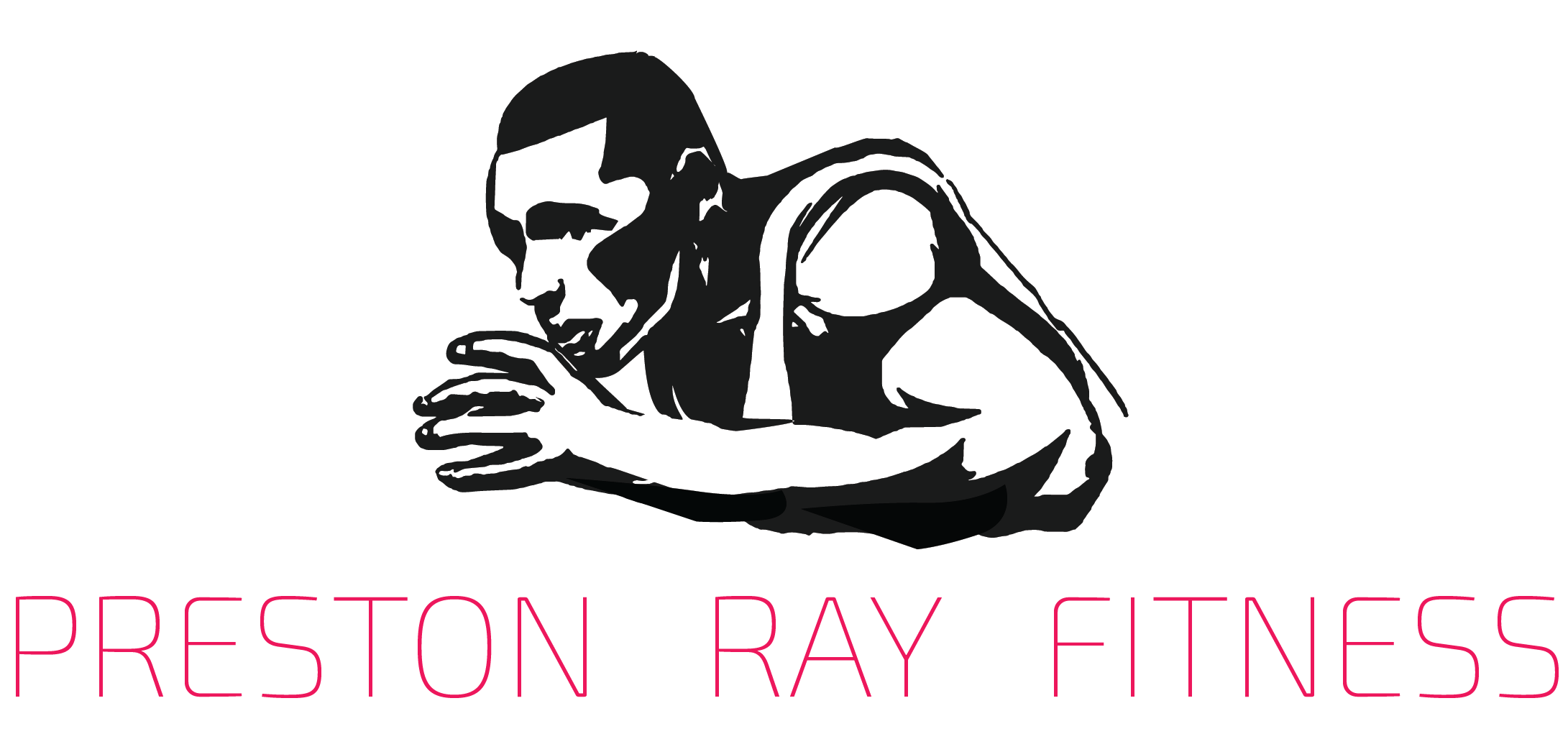Renowned sports performance coach, Mike Boyle, a leader in the fitness industry, got a little ticked off during one of his podcasts when viewers repeatedly posted messages saying his athletes didn’t know how to breathe correctly.
He replied by saying, “Thank God I have never had an athlete stop breathing on me.” (Vranich and Sabin, 2020). As snarky as this may sound, it wasn’t startling, considering Boyle is one of the most highly regarded sports performance coaches in the country, if not the world.
Well, this day would prove to be a step forward in the delivery of the new question that has slowly been circulating through the fitness industry since then. Do athletes, gym-goers, and even the clients of personal trainers know how to breathe correctly during resistance training or cardiorespiratory activity?
Before learning to breathe properly, it is important to understand that “the process of breathing has been warped by chronic stress, sedentary lifestyles, unhealthy diets, overheated homes, and lack of fitness.” (McKeown, 2015). The way to correct this behavior is to examine the two most important factors there are when it comes to breathing correctly–1) Location of Movement (LOM) and 2) Range of Motion (ROM).
LOM should be at the middle of the body where the diaphragm is located, and the lungs are biggest. ROM measures abdominothoracic respiratory flexibility (the ability to push the belly out and pull it in) (Vrancih and Sabin, 2020). Simply put, take a deep breath into your ribs via the belly button and allow oxygen to circumferentially expand the front, back and sides of your body. Your shoulders should not rise, nor chest puff out. This is diaphragmatic breathing, and it allows the body to increase oxygen uptake.
Now that we know the why, how, and where of breathing intelligently, let’s apply what we have learned to two of the most functional movements performed by athletes– squat and deadlift. These movements make many people anxious because they fear injuring their lower back. And rightfully so, as both exercises place a lot of pressure on the lumbar spine.
The way to avoid this is by learning to brace your spine using the Valsalva maneuver. The late, great Louie Simmons of Westside Barbell who could easily squat and deadlift over 700 lb. after the age of 50 explains the Valsalva maneuver as follows: “Expand your abdomen by taking a deep breath through the diaphragm, pulling as much air as possible into your abdomen. Finish your inhale, then hold your breath and your brace throughout the lowering phase of the lift.” (Vranich and Sabin, 2020).
*(For a deadlift, hold your breath and your brace throughout the raising or standing phase of the lift).
Breathing for cardiorespiratory efficiency is the opposite of a Valsalva maneuver in the sense that you don’t want to hold your breath or brace your midsection. The key here is to allow your diaphragm, the major muscle of respiration (breathing) to contract and pull air in and relax and push air out. Santos-Lonhurst (2018).
Having a flexible midsection capable of expansion and contraction is the key. In fact, you can measure how well you expand and contract by measuring your waist with a trunk full of air and then subtracting the size of your waist once you have expelled it all.
The difference should be at least 2 inches for those whose waist is in the twenties and 3 inches for those whose waist is in the thirties, says Dr. Belisa Vranich, author of Breathing for Warriors. She goes on to say that once you have achieved this range of motion in the trunk you will become more efficient in cardiorespiratory activities because you will be able to do the same amount of work in fewer breaths (2020).
Contrary to the popular belief of many, including an occasional sports professional, breathing is not something we should take for granted. It is the precursor to functional training activities and is often the deciding factor in most sports when the game is on the line.
Breathing intelligently is within our reach and should be a goal of every living being. Especially those who are physically active and want to improve their athleticism. So like those listeners on Coach Boyle’s podcast who called him out on his client’s breathing, I am calling you out on yours. Learn how to breathe more intelligently today.
References
Vranich, Dr. Belisa, Sabin, Brian (2020). Breathing for Warriors: Master Your Breath to Unlock More Strength, Greater Endurance, Sharper Precision, Faster Recovery, and an Unshakable Inner Game. St. Martin’s Publishing Group.
McKeown, Patrick (2015). The Oxygen Advantage: The Simple , Scientifically Proven Breathing Technique That Will Revolutionise Your Health and Fitness. William Morrow.
Santos-Longhurst, Adrienne (2018). Diaphragm Overview. Healthline. https://www.healthline.com/human-body-maps/diaphragm.


Recent Comments